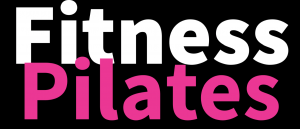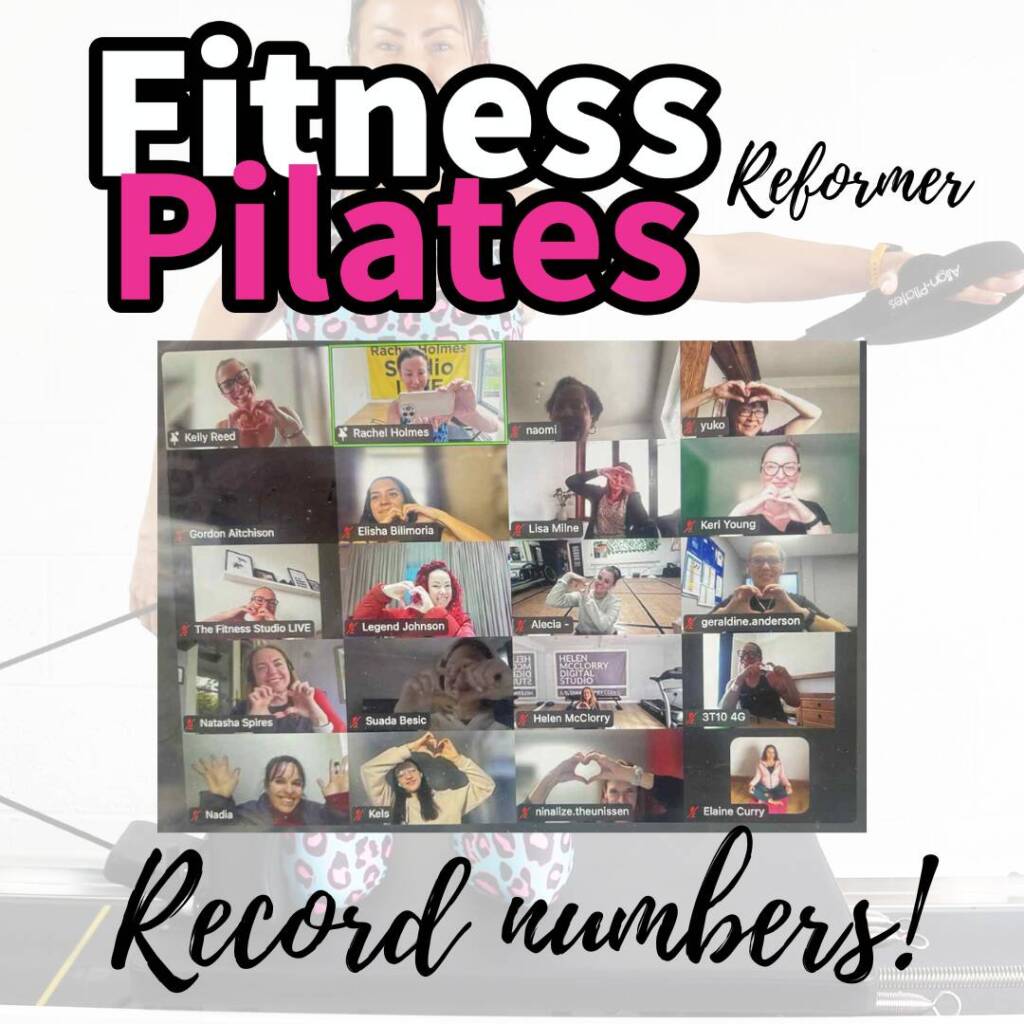
The Fitness Pilates Blog
What are the stabiliser muscles for Pilates?
What are the stabiliser muscles for Pilates?
What are the stabilizer muscles and why are they so important to activate?
Most muscles in the body fit into one of several categories, depending on the role they play in movement. Those that are considered ‘stabilisers’ are categorised into two types: local stabilisers and global stabilisers. Local stabilisers are deep and close to the joint (e.g. the pelvic floor, deep rotators of the hip and multifidus). Ideally, those are continually turned on to support the joints in any movement, regardless of the direction of the movement. They control the neutral zone and maintain the integrity of the joint when the larger superficial muscles are creating big movements. It is important to keep those muscles firing properly with the appropriate amount of force production to prevent abnormal movement patterns or injury.
Global stabilisers are generally more superficial than local stabilisers (e.g. obliques, gluteus medius), but still cross only one joint. They mainly work eccentrically to control the range of the movement, particularly in the inner and outer range of the joint. Dysfunction of the global stabilisers, when they work too much or too little, can cause problems across several joint segments, resulting in pain or injury.
What sort of exercises and movements help us work these muscles?
Both the local and global stabiliser muscles are trained with exercises that use low load, closed kinetic chain (where the hand or foot is fixed in space for a greater base of support), slow pace and proprioceptive input. For the local stabilisers, focus on movements with very little resistance that will prevent the larger global muscles from taking over. Global stabilisers will respond best to simple exercises focused on isometric and eccentric muscle actions. Often, it is appropriate to target the deeper muscles first, followed by their more superficial counterparts.
Join the free Fitness Pilates Instructor Newsletter Click here
Join The Fitness Pilates VIP Club click here
Share this post:
Latest Fitness Pilates Courses & Classes

Fitness Pilates Summit Saturday 20th September 2025
£147.00 Original price was: £147.00.£127.00Current price is: £127.00.


The latest Fitness Pilates blogs & news
Join the Fitness Pilates newsletter
A short description introducing your business and the services to visitors.
















